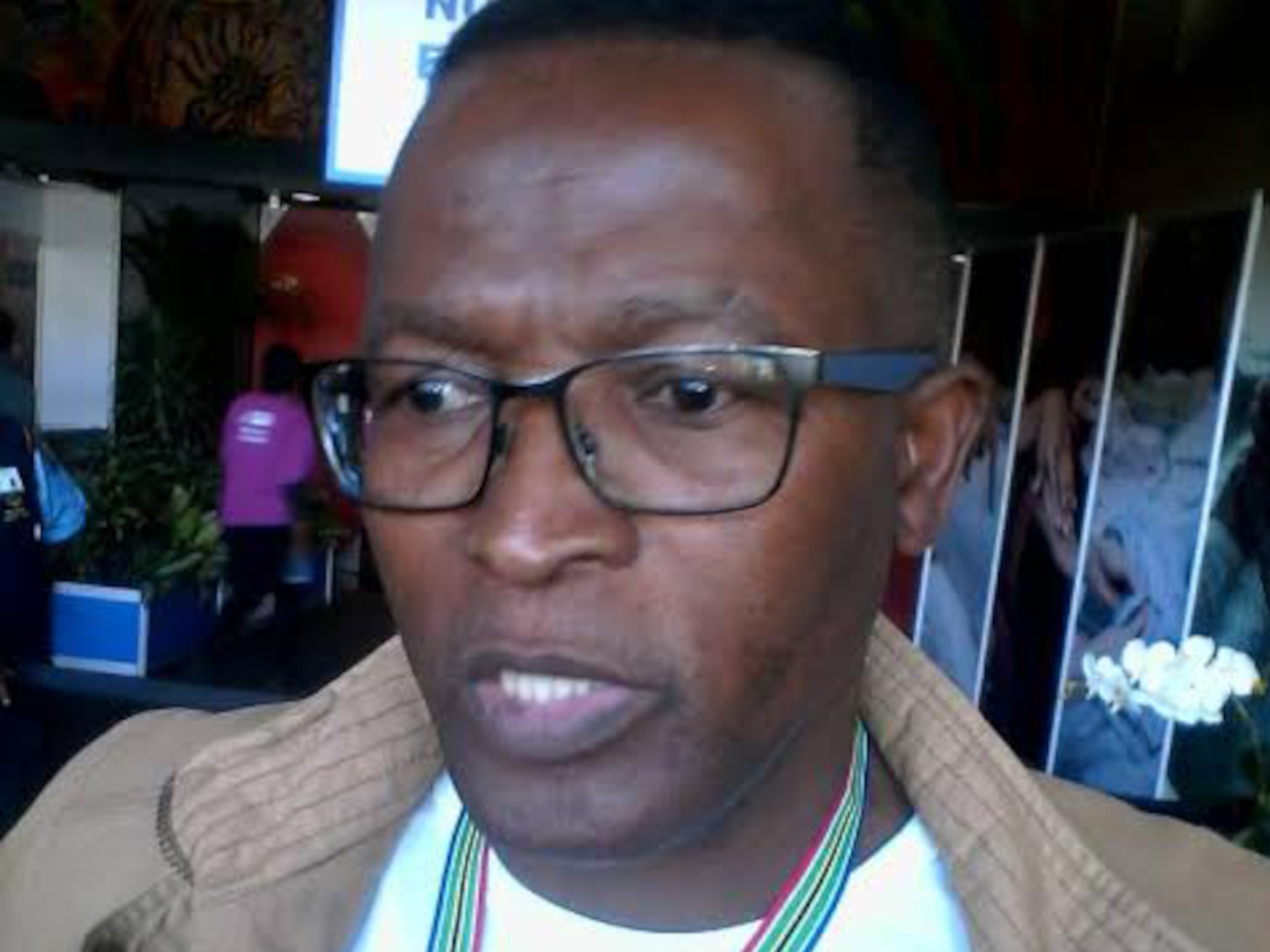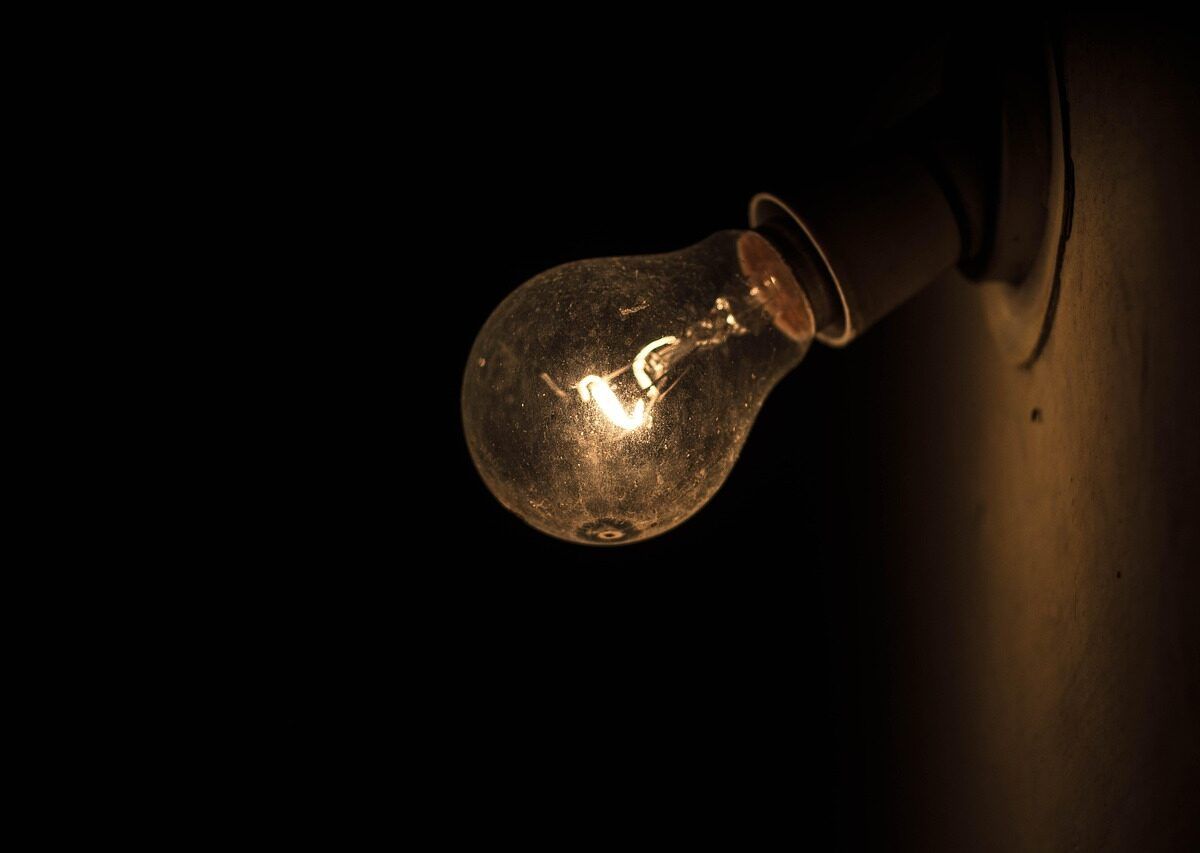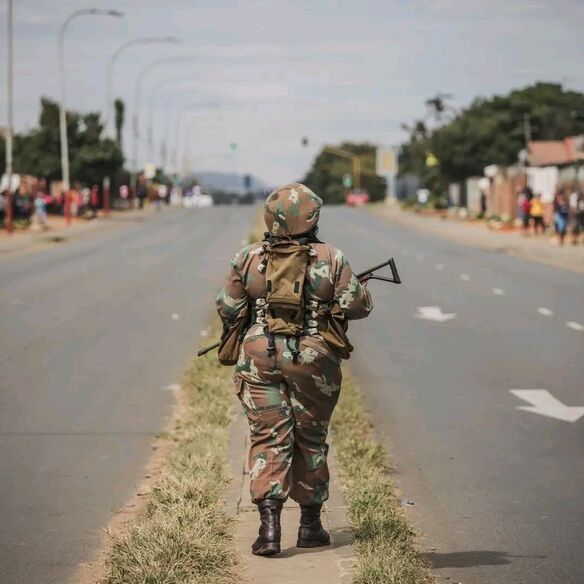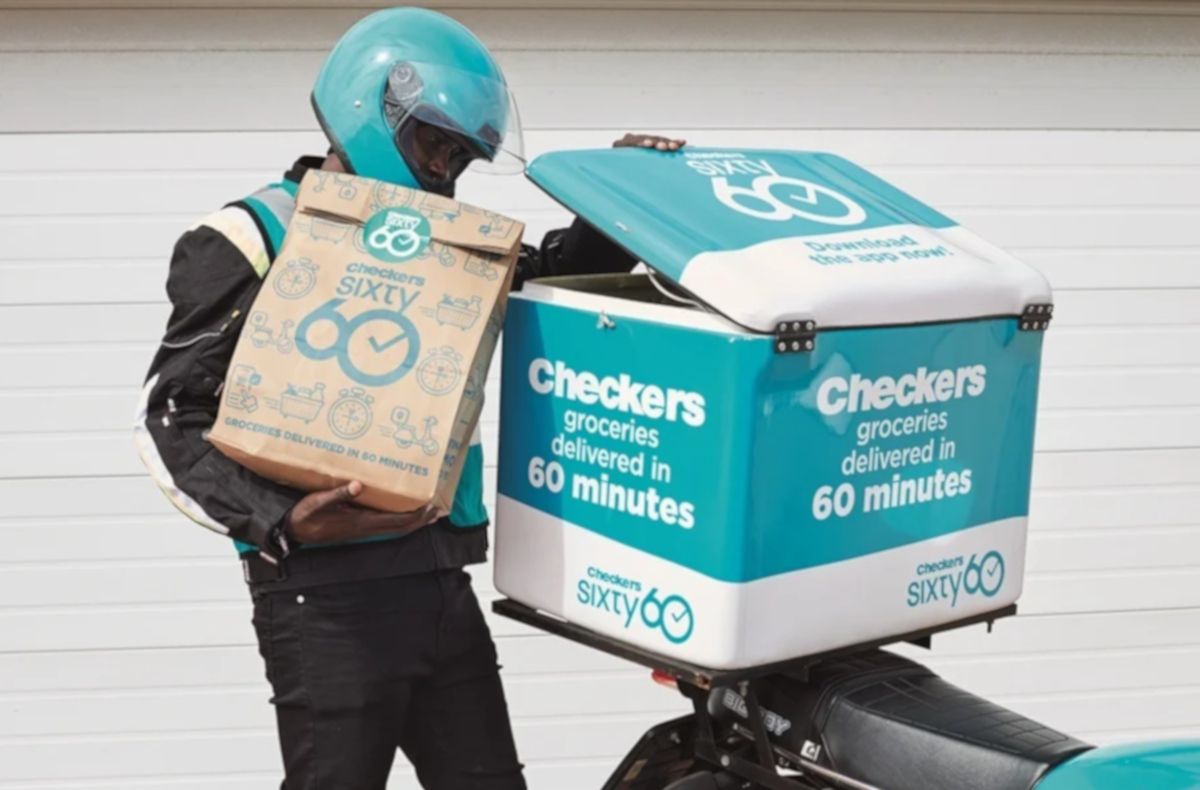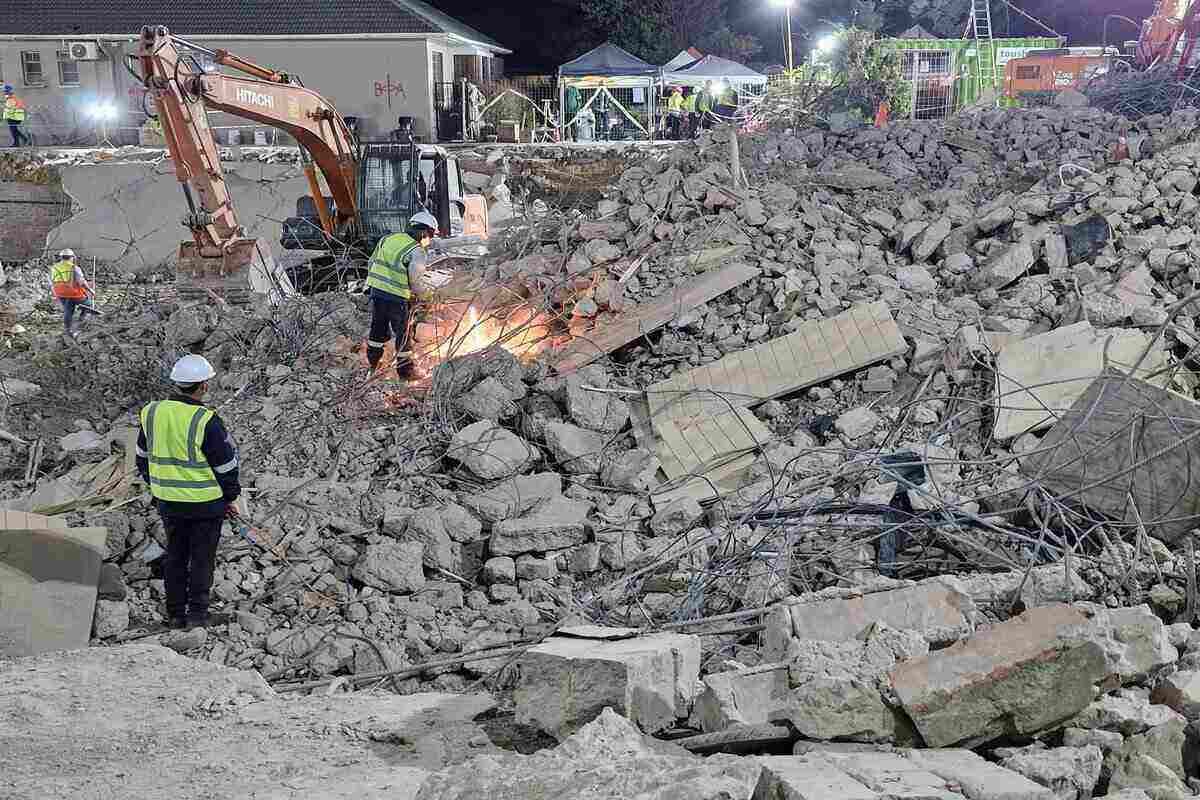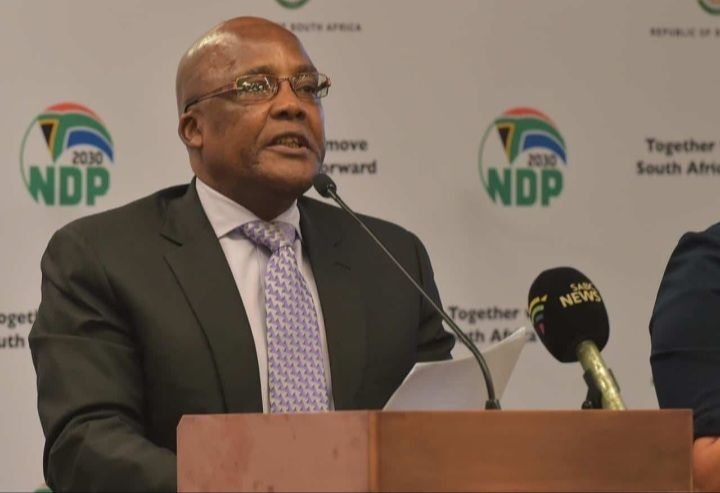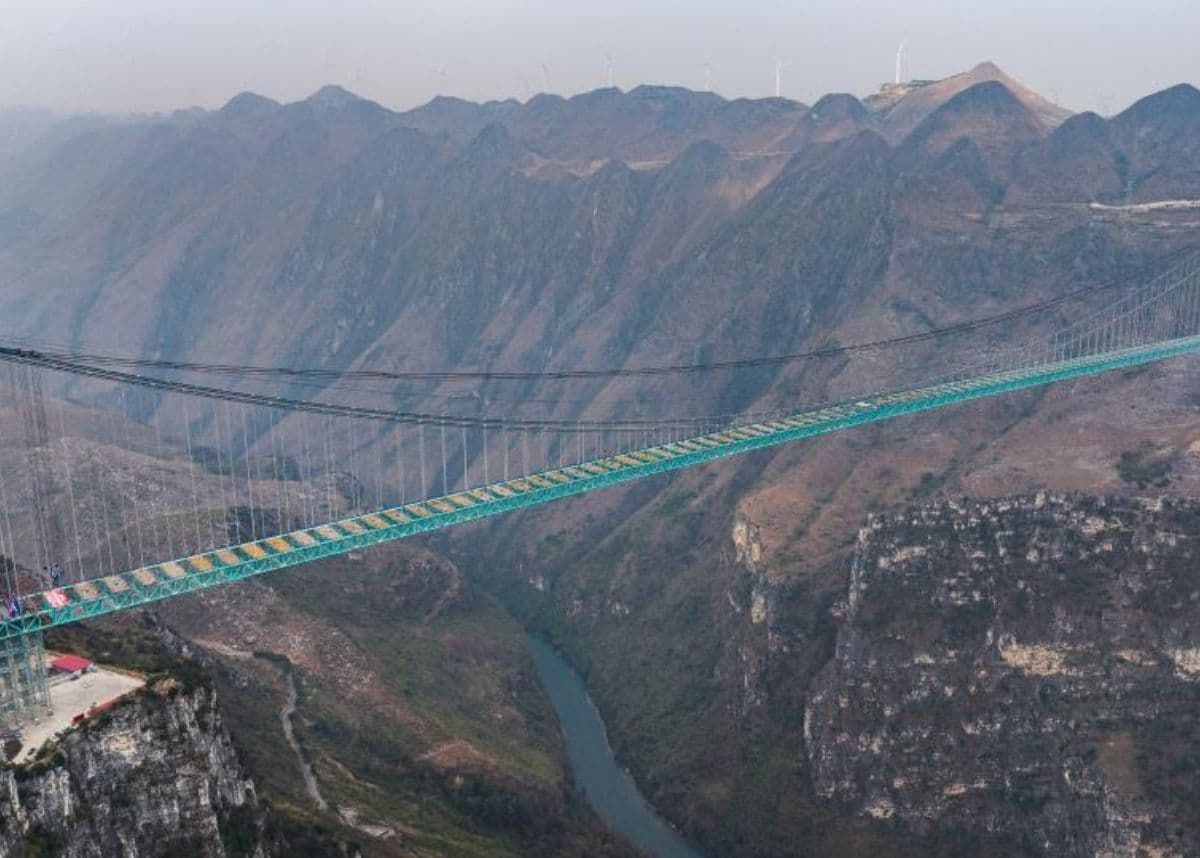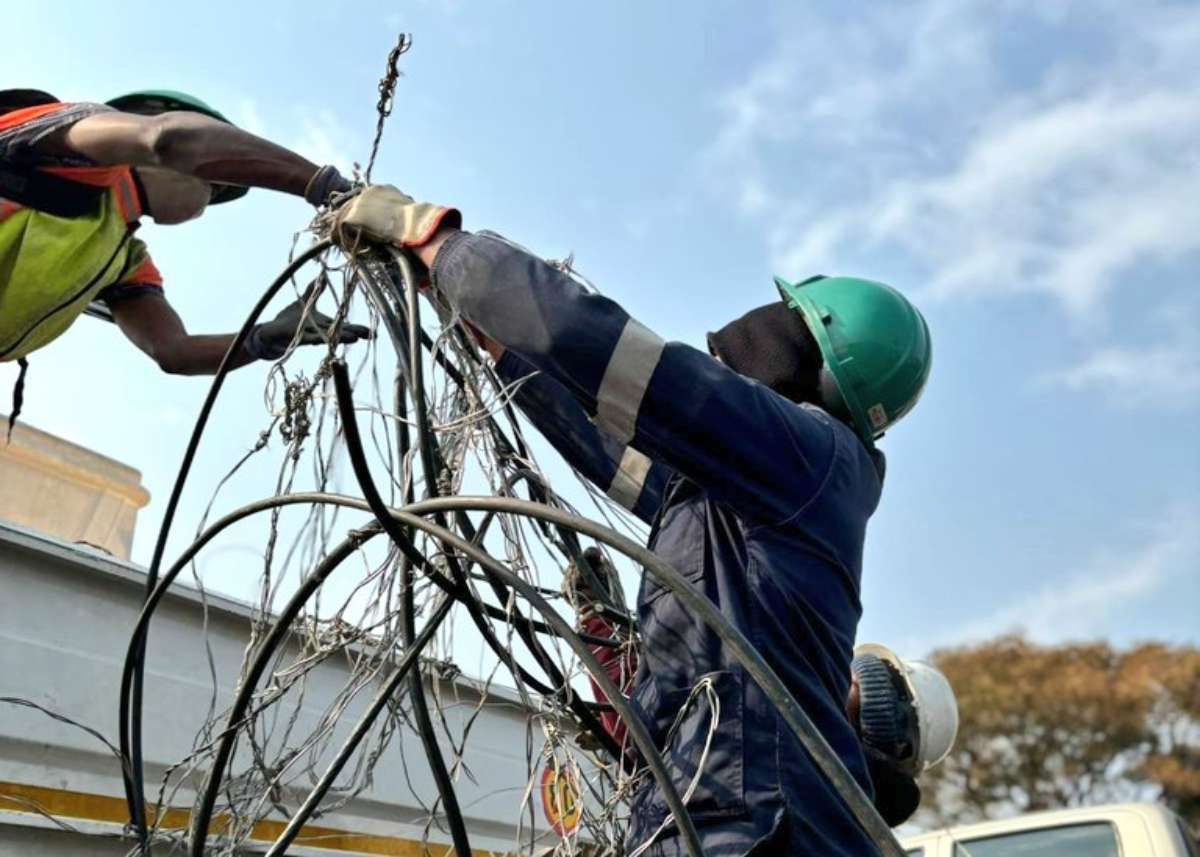
Johannesburg’s dark streets continue to frustrate residents, and are adding to the metro’s growing list of infrastructure challenges.
According to City Power, the city’s electricity utility, a mix of operational, logistical, and criminal factors are to blame.
Here’s a closer look at the main culprits:
1) Theft and vandalism
City Power spokesperson Isaac Mangena told the Rosebank Killarney Gazette that theft and vandalism remain the biggest challenges.
Criminals often strip street lights for their valuable components, especially aerial bundle cables (ABCs), which are commonly used in illegal electricity connections.
These stolen cables end up powering informal homes, backrooms, taverns—and in some cases, illegal mining operations (zama-zamas). Even light fittings are taken to bypass legal meters, making it easier to steal electricity.
2) Johannesburg’s illegal electricity networks
Mangena explained that criminal syndicates have set up ‘parallel electricity distribution enterprises’ in informal settlements.
These underground enterprises sell stolen electricity to local homes and businesses, contributing to widespread outages and damage to public infrastructure.
3) Fault detection takes time
When a street light goes out, it’s not always easy to find the fault, said Mangena. The technical teams must often inspect kilometres of underground or overhead cabling to locate the problem.
“In these cases, the team may need to walk several kilometres using specialised equipment to pinpoint the fault,” he said.
4) Complex cable repairs
If the problem lies underground, repairs become significantly harder. Excavation is required, which can be slow and challenging—especially when the fault lies beneath a road or concrete structure.
In those cases, City Power must get digging permission (a ‘wayleave’) from the Johannesburg Roads Agency, which further delays repairs.
5) Proactive monitoring isn’t foolproof
City Power noted that its teams conduct bi-monthly “spotting” exercises at all their Service Delivery Centres (SDCs), where they drive around to identify broken lights.
“During these exercises, our technical teams drive through the streets within each SDC to identify any street lights that may be out of service and deploy a repair team to any non-functional street lights,” Mangena added.
“This ensures a proactive approach rather than relying solely on logged calls from residents.”
However, this approach has its limits, especially when entire sections are frequently hit by theft or tampering before teams can respond.
6) Street light repair times vary
“City Power’s turnaround time for repairing and restoring street lights is six days across the seven regions of the city,” Mangena insisted.
In reality, this process can take much longer depending on the complexity of the fault. Some fixes take only hours; others stretch into days—especially if digging or coordination with other departments is involved.
What’s being done?
The City is developing a new initiative called Jozi Maboneng, aimed at tackling theft, vandalism and maintenance challenges in the public lighting space.
“The City Power Security Risk Department will continue to patrol the hotspot areas to ensure we have visibility and to prevent further cable theft and vandalism,” the utility concluded.
Are lights out in your street?
Let us know by leaving a comment below, or send a WhatsApp to 060 011 021 1.�
Subscribe to The South African website’s newsletters and follow us on WhatsApp, Facebook, X and Bluesky for the latest news.
